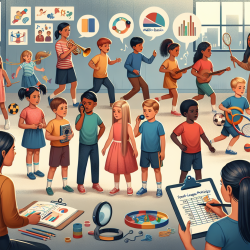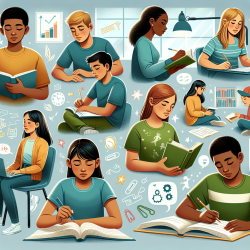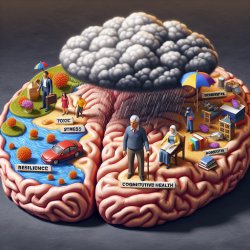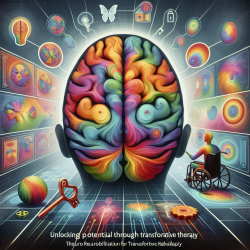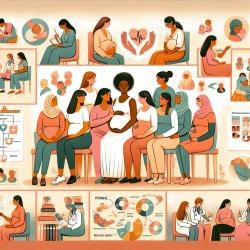Introduction
Physical literacy (PL) is increasingly recognized as a vital component in promoting lifelong physical activity and health. The recent study, "Aligning Extracurricular School Activities with Physical Literacy: Pilot Evaluation through Self-Study of Practice," provides valuable insights into how practitioners can enhance their skills by integrating PL into extracurricular activities. This blog post aims to guide practitioners in improving their approaches by applying the outcomes of this research and encouraging further exploration into PL.
Understanding Physical Literacy
Physical literacy is a holistic framework that encompasses cognitive, physical, affective-psychological, and social domains, aiming to foster lifelong engagement in physical activity. The study highlights the importance of aligning extracurricular activities with PL to create environments that nurture individual autonomy and cognitive engagement, ultimately leading to improved outcomes for children.
Key Findings from the Study
The study utilized a self-study design, emphasizing continuous reflexivity through session protocols, discussions with coaches, and observations during fieldwork. It revealed that the success of PL-driven interventions largely depends on the atmosphere and stance adopted by the deliverer. A participatory attitude and open mindset were crucial in revising interventions to better integrate cognitive tasks and provide choice for students.
Implementing Physical Literacy in Practice
For practitioners looking to enhance their skills, the study suggests several strategies:
- Adopt a Participatory Attitude: Encourage student involvement in designing activities to foster autonomy and engagement.
- Focus on Cognitive Engagement: Integrate tasks that require students to think critically and make decisions, enhancing their cognitive development.
- Provide Choices: Allow students to choose activities, promoting individual autonomy and motivation.
- Foster an Open Mindset: Be open to revising interventions based on feedback and observations to better meet the needs of students.
Encouraging Further Research
While the study provides valuable insights, it also highlights the need for further research into the implementation of PL in diverse cultural and linguistic contexts. Practitioners are encouraged to engage with scholars and other educators to exchange ideas and experiences, fostering a collaborative approach to improving PL interventions.
Conclusion
Aligning extracurricular activities with physical literacy offers a promising avenue for enhancing child development and promoting lifelong physical activity. By adopting a participatory attitude, focusing on cognitive engagement, providing choices, and fostering an open mindset, practitioners can significantly improve their skills and create better outcomes for children. For those interested in delving deeper into this topic, further research and collaboration with experts in the field are highly recommended.
To read the original research paper, please follow this link: Aligning extracurricular school activities with physical literacy: pilot evaluation through self-study of practice.
